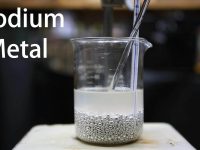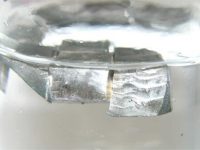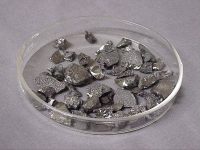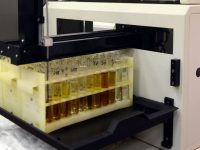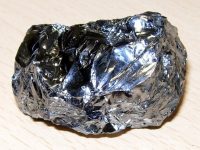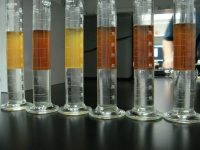Sources of Sodium Sodium is an indicator of a coolant leak, often in conjunction with potassium and/or boron; these elements are present due to the additives used in many coolant formulations. The presence of these elements alongside detected glycol and water often indicate a severe or bottom-end leak, but the absence of glycol and water…
Read more
Sources of Sodium
